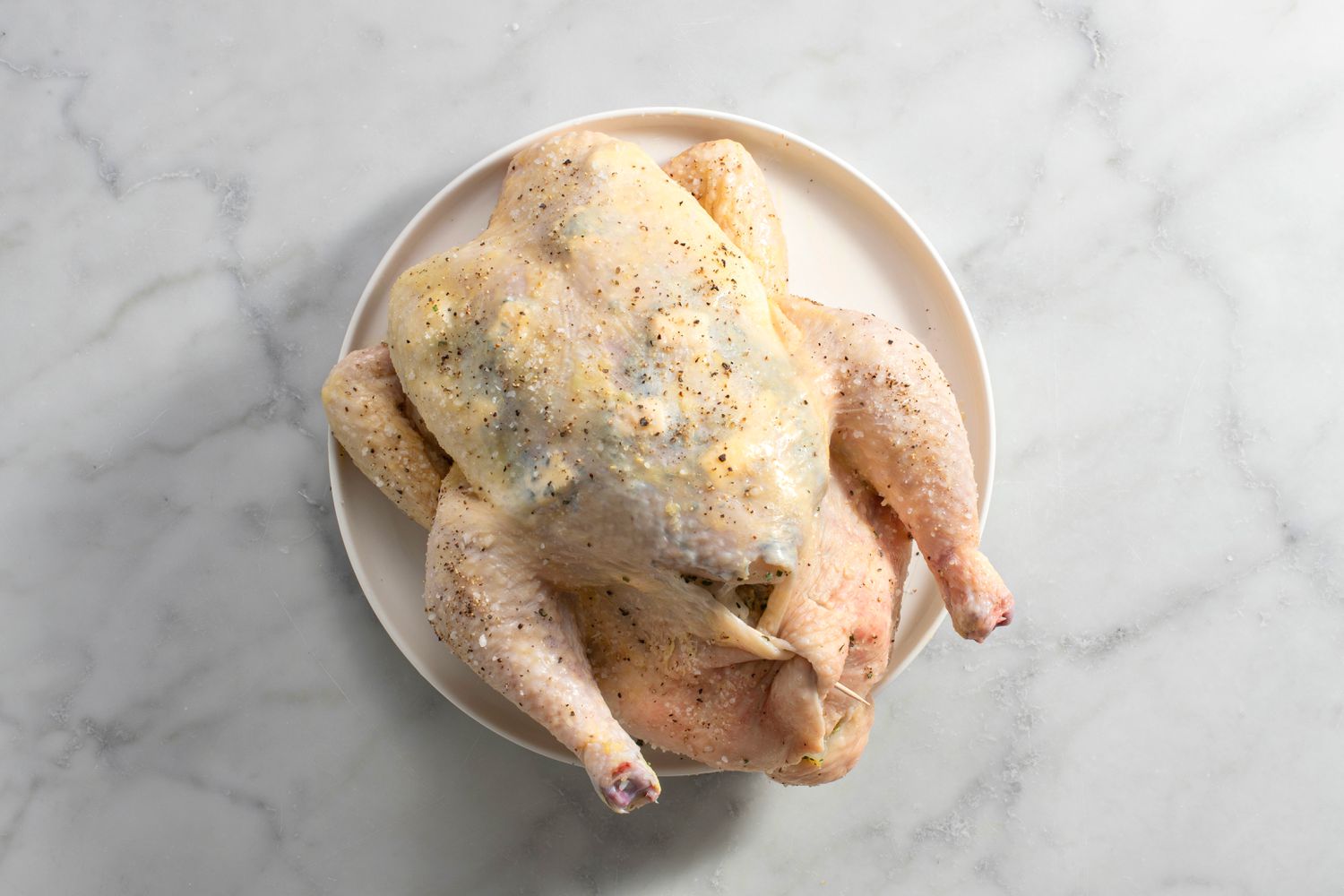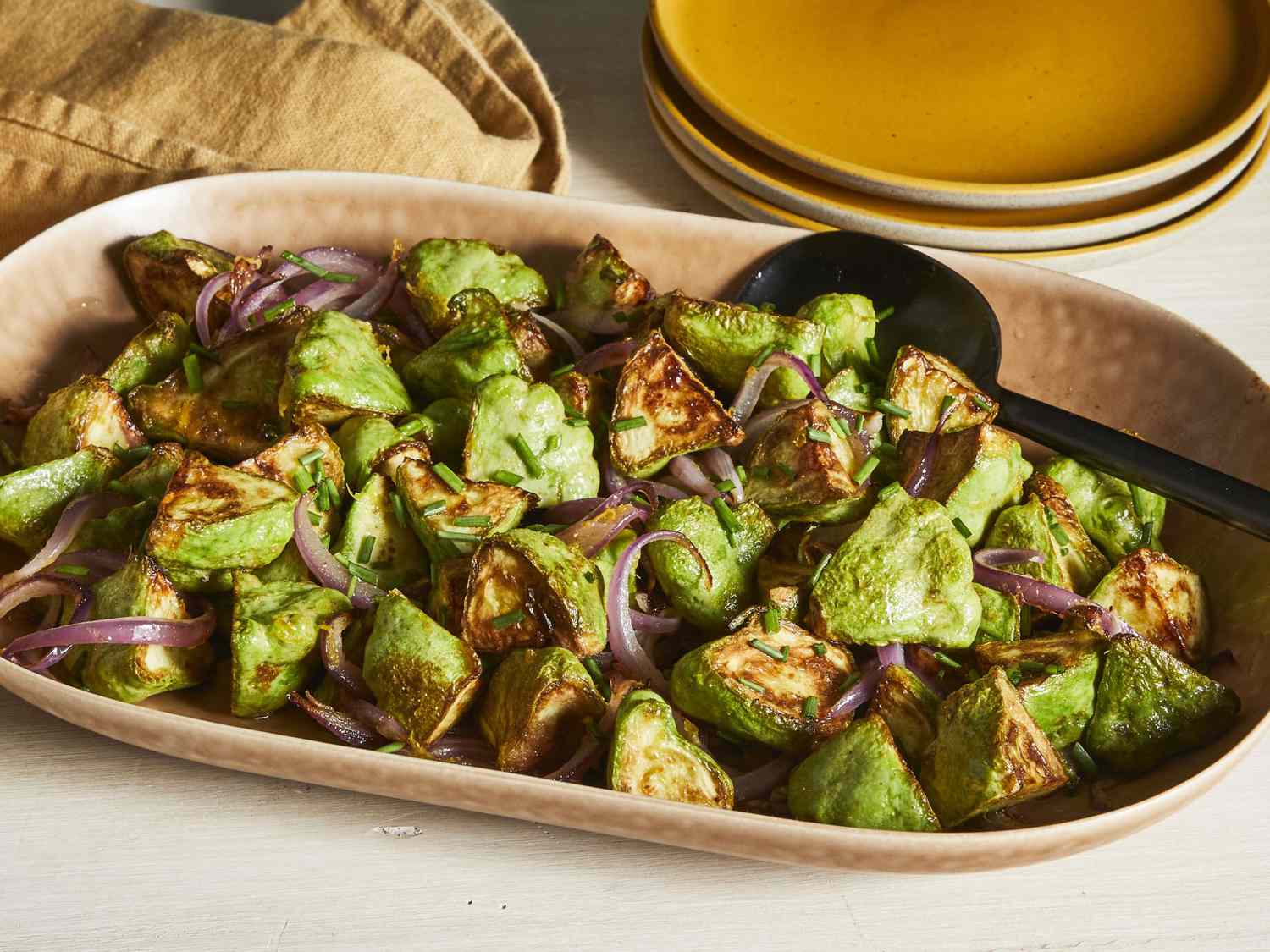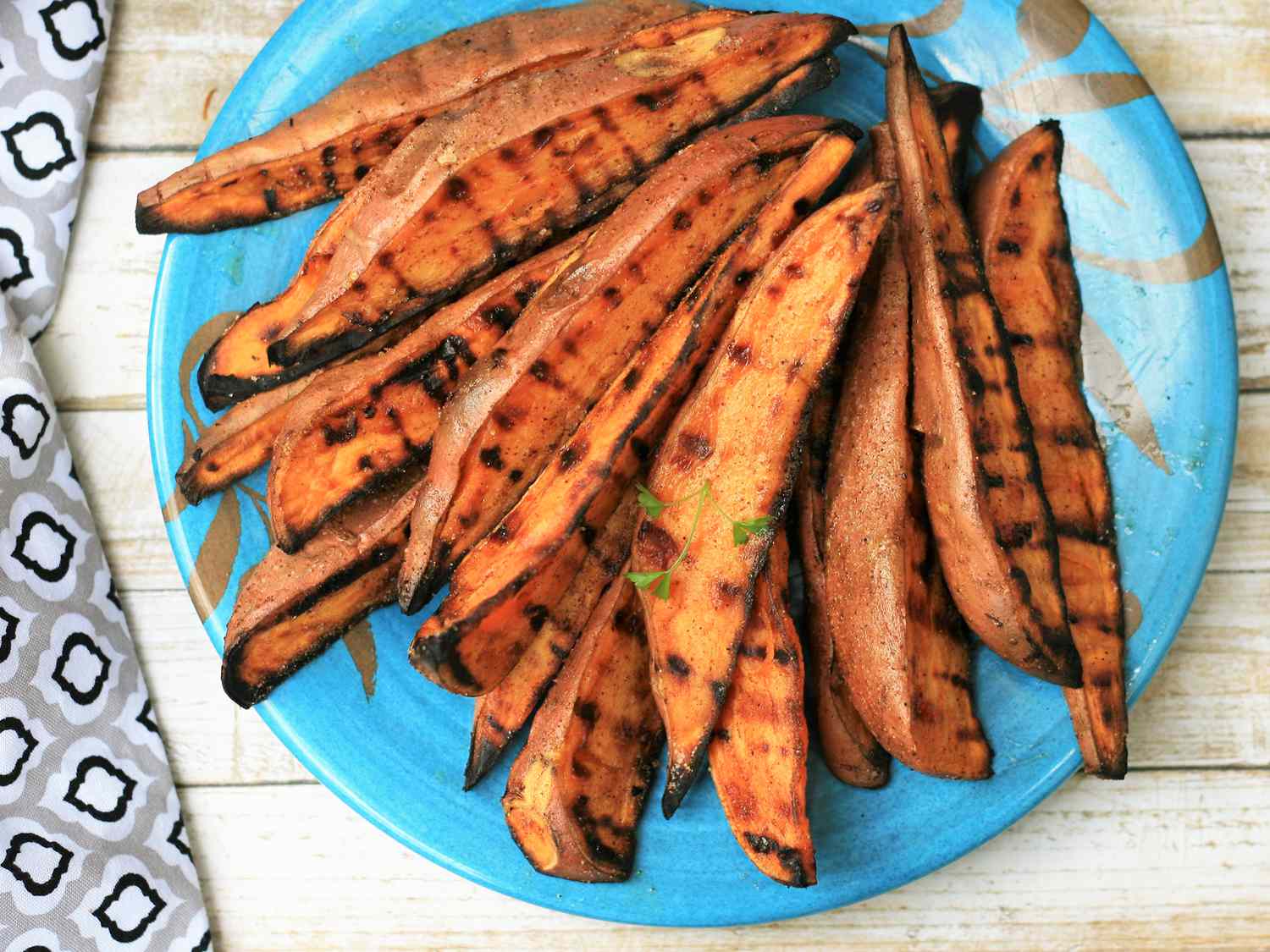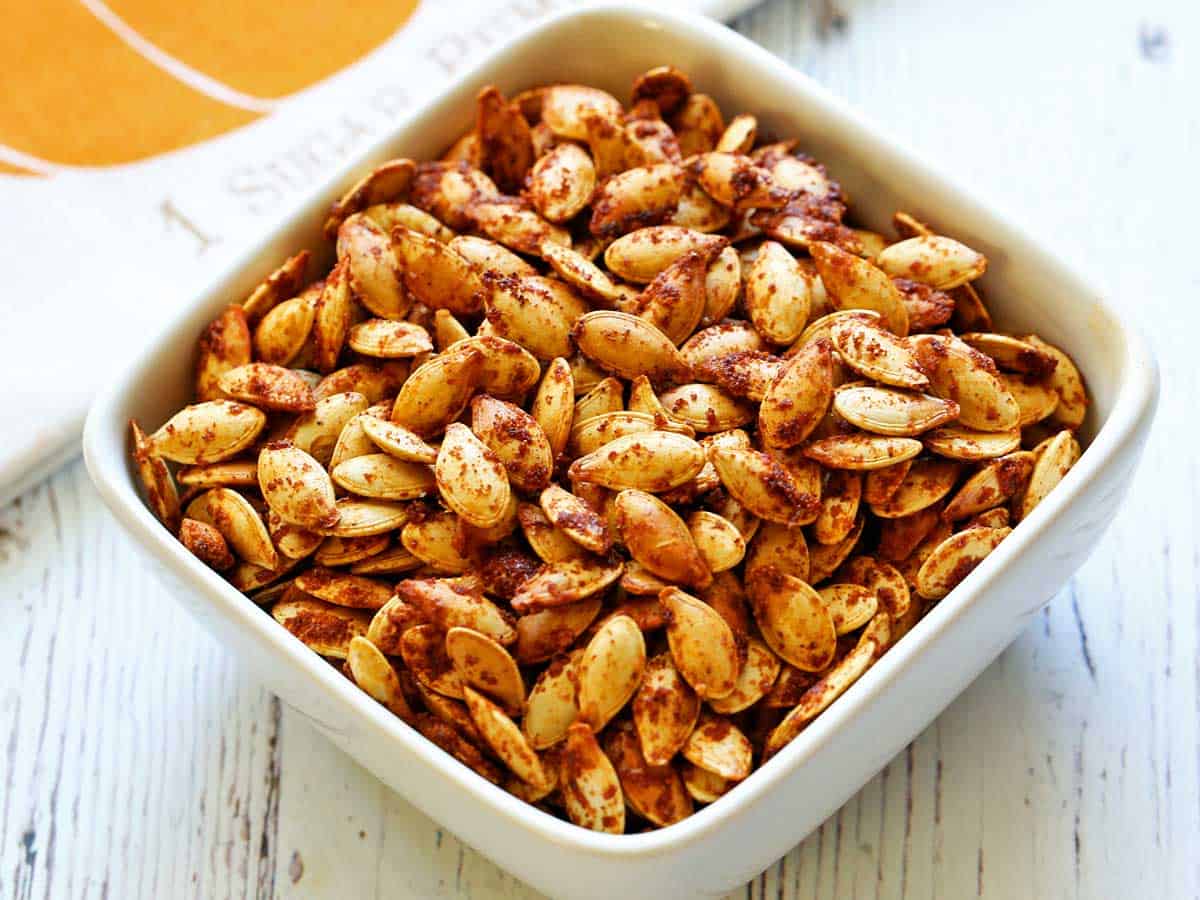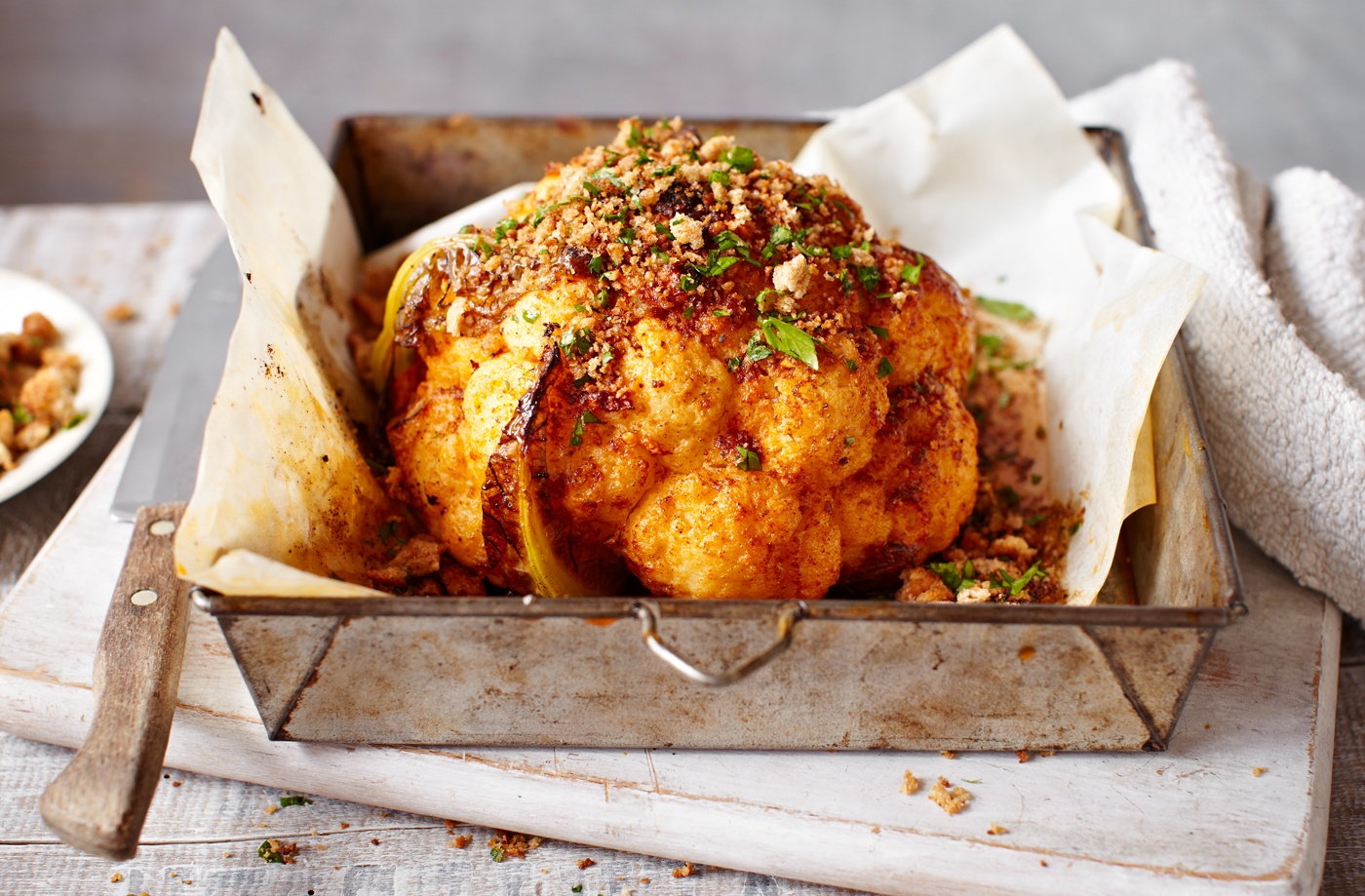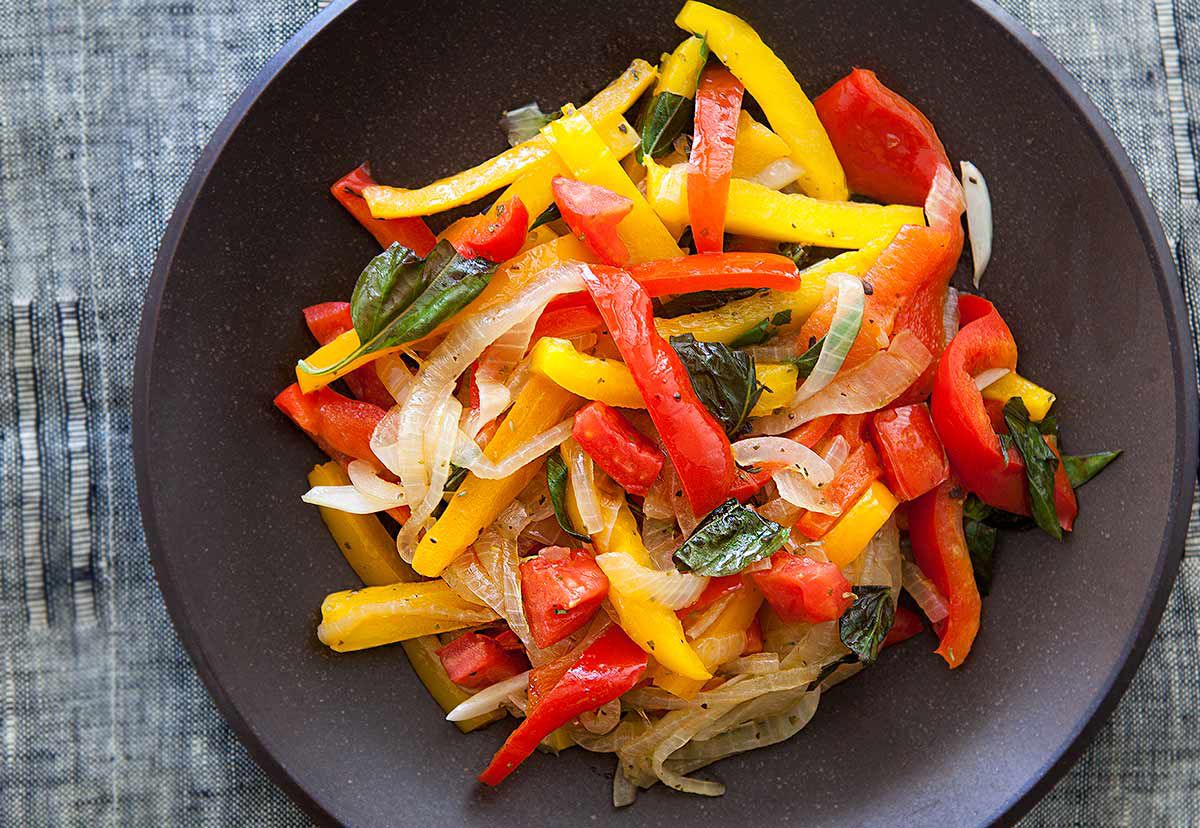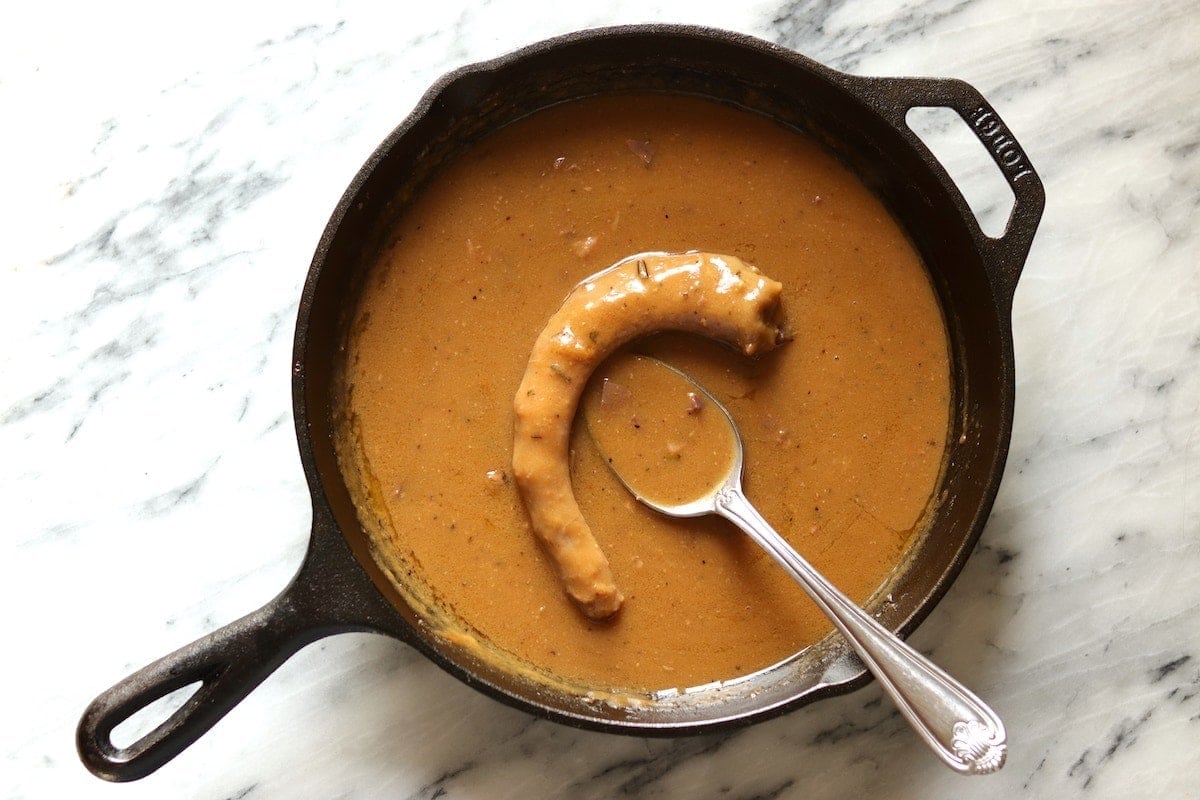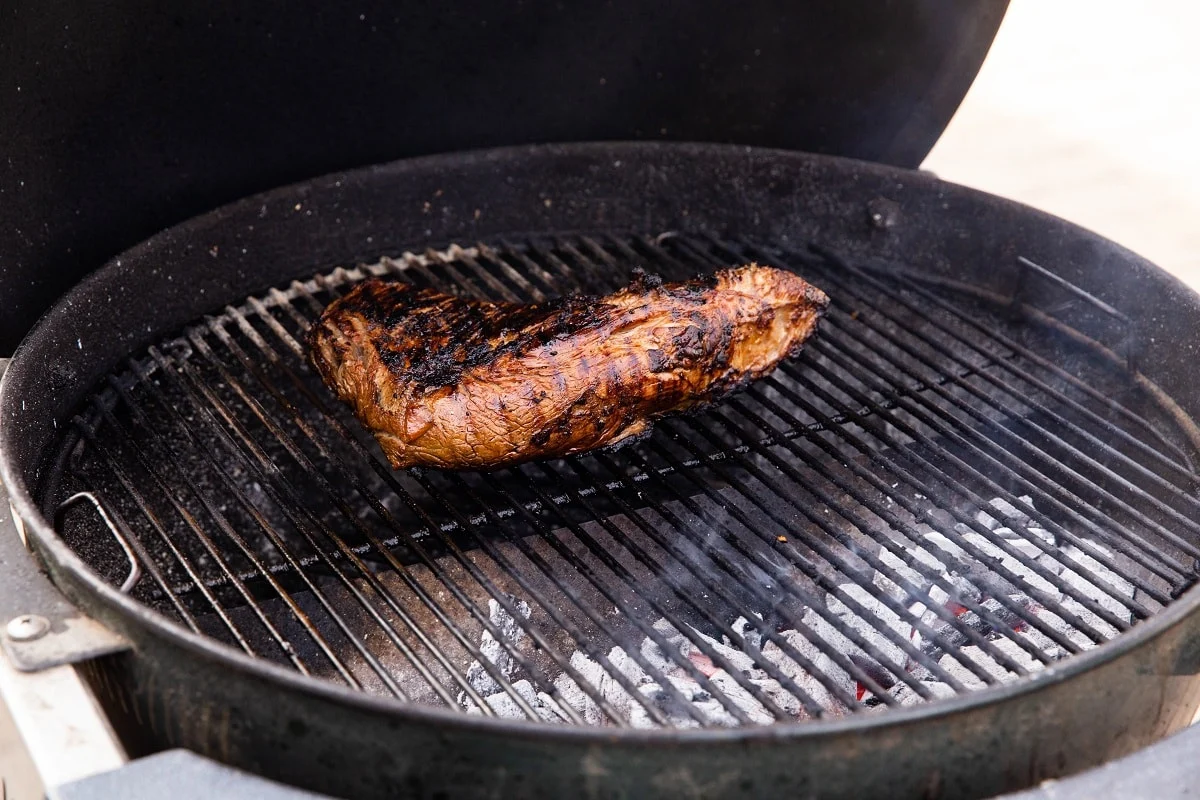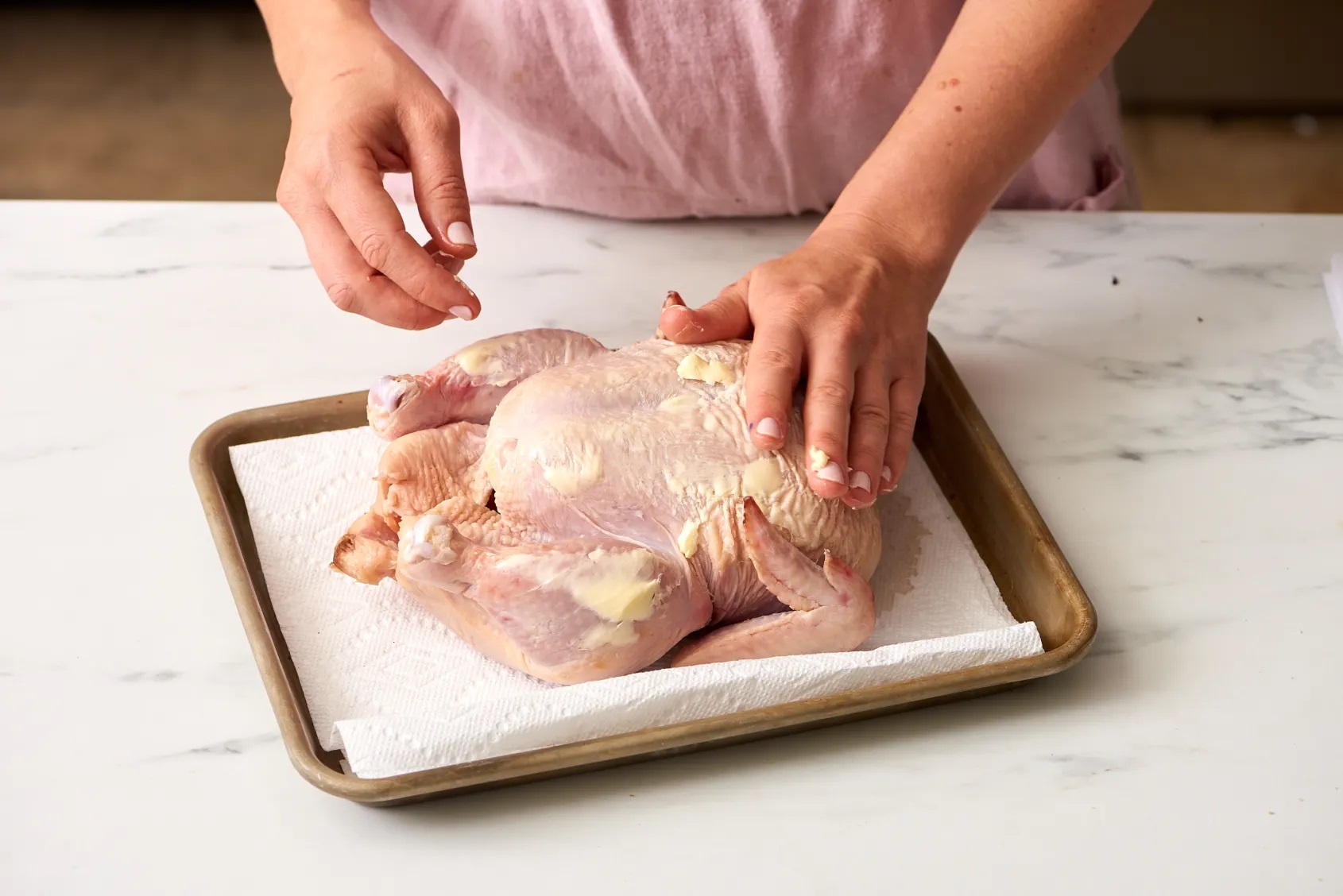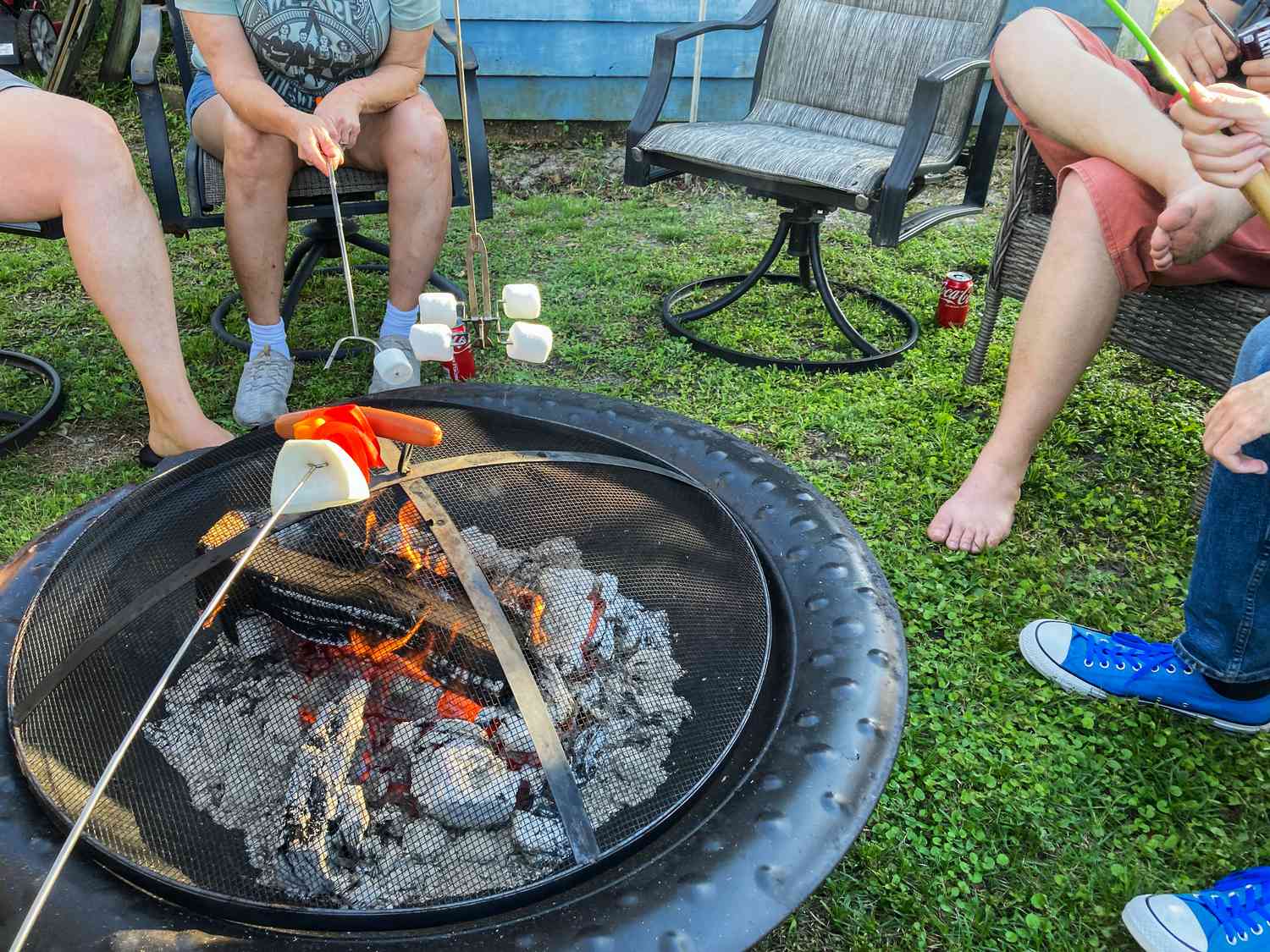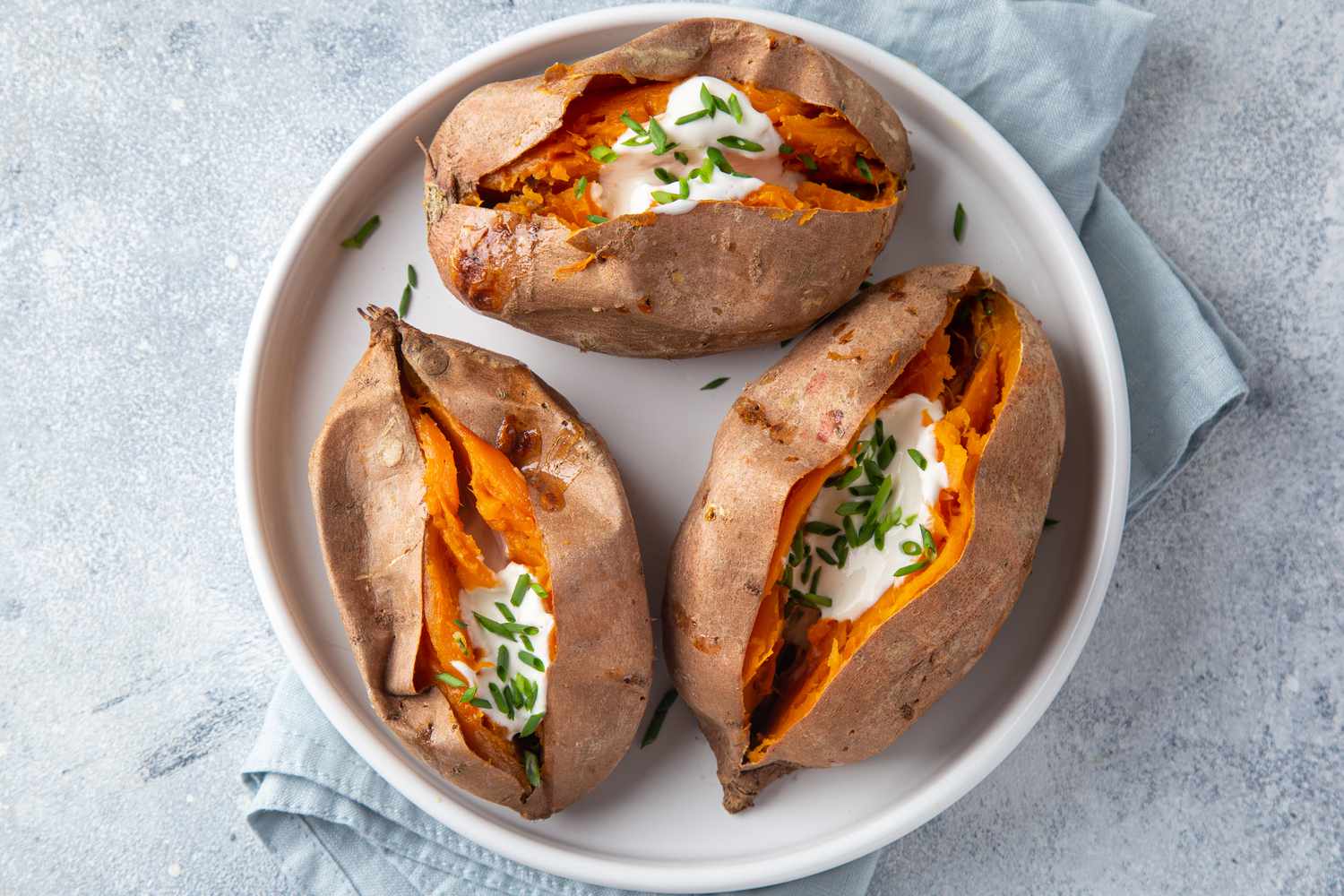Roasting a Top Round Roast to Rare Perfection
Roasting a top round roast tied to rare can be a delicious and impressive dish to serve to your family and friends. With the right techniques and a little bit of patience, you can achieve a perfectly cooked and juicy roast that will have everyone coming back for seconds. Here’s a step-by-step guide on how to roast a top round roast to rare perfection.
Ingredients:
- Top round roast
- Olive oil
- Salt and pepper
- Garlic powder
- Fresh herbs (such as rosemary and thyme)
Instructions:
- Preparation: Take the top round roast out of the refrigerator and let it sit at room temperature for about 30 minutes. Preheat your oven to 450°F (232°C).
- Seasoning: Rub the roast with olive oil and season it generously with salt, pepper, and garlic powder. You can also add some fresh herbs for extra flavor.
- Tying: If the roast is untied, use kitchen twine to tie it at 1-inch intervals to help it cook evenly.
- Roasting: Place the roast on a rack in a roasting pan, fat side up. Insert a meat thermometer into the thickest part of the roast, making sure it doesn’t touch the bone if there is one.
- Cooking: Roast the meat in the preheated oven for 15 minutes to brown the outside. Then, reduce the oven temperature to 325°F (163°C) and continue roasting until the internal temperature reaches 125-130°F (52-54°C) for rare, or 135-140°F (57-60°C) for medium rare. This will take about 20 minutes per pound, but it’s important to rely on the meat thermometer for accuracy.
- Resting: Once the roast reaches the desired temperature, remove it from the oven and transfer it to a cutting board. Loosely tent it with foil and let it rest for 15-20 minutes. This allows the juices to redistribute, resulting in a more tender and juicy roast.
- Slicing: After resting, remove the twine and carve the roast into thin slices against the grain. This will help ensure tenderness.
- Serving: Arrange the slices on a platter and serve with your favorite side dishes and sauces.
By following these simple steps, you can roast a top round roast tied to rare that will impress your guests and leave them craving more. Remember to use a meat thermometer to ensure the roast reaches the perfect level of doneness, and don’t forget to let it rest before slicing. With a little practice, you’ll become a pro at roasting the perfect top round roast every time!
Was this page helpful?
Read Next: How To Roast Eye Of Round
